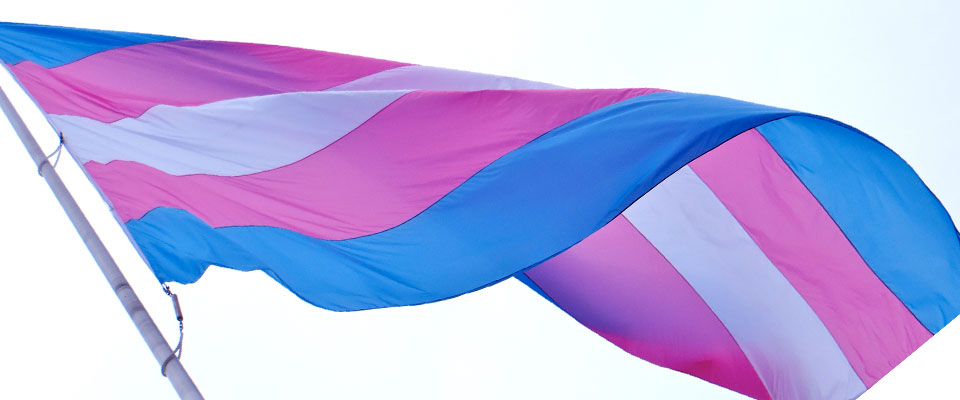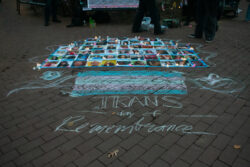“Despite the vitriol, despite the backlash, despite the discriminatory laws, we fight to be seen as we see ourselves and live our truth without compromise.” Janet Mock’s statement from the HBO documentary The Trans List, embodies the sentiment of today—Transgender Day of Visibility —a day to focus on the empowerment and recognition of marginalized transgender individuals who often go unseen and unheard. This year’s theme is trans resistance which aims to encourage trans people to act against oppression by speaking out, taking action, and educating others. However, this only works if the broader community is willing to listen.
Today is not a day to mourn; it is a day to listen. However, it is very clear that we need to listen to the statistics and engage in movements to change them. The National Coalition of Anti-Violence Program’s 2013 report on hate violence against the LGBTQI community, shows that transgender people are more likely to experience physical violence from law enforcement while also facing disproportionately high levels of poverty, homelessness, and unemployment. The Cincinnati Children’s Hospital Medical Center released a study in August of 2016 stating that 30% of transgender youth report at least one suicide attempt and 42% report a history of self-harm. Mic’s “Unerased: Counting Transgender Lives” database has recorded that this year, at least seven transgender individuals have been murdered, six of them black women and one a Native American woman. These facts are unacceptable, and they barely scrape the surface of the injustice that the transgender community has faced and continues to face in our society.
It is essential that we remember the voices of the transgender individuals who have died but it is equally important to listen to and celebrate the voices of those who are still living and fighting to be heard every single day. The most accessible way to do this is to explore intersectional LGBTQI pop culture. Music, art, literature, poetry (both written and spoken word), film, television shows, and even blog posts or tweets are outlets for trans voices that are too often drowned out. We have to recognize trans icons like Orange is the New Black’s Laverne Cox and Against Me’s Laura Jane Grace, but we also have to dig deeper. The entire experience of the trans community cannot be summed up by a few well known figure —each individual has a unique story to tell. The only way cis-society can ever transcend bias against the trans community is by educating ourselves and feeling empathy— a process that pop culture can facilitate.
Don’t know where to start? Here are some ideas.
- Search #transresistance, #transvisibility, and #tdov on Twitter.
- Listen to Lee Mokobe’s powerful poem about transgender identity.
- Watch Rae Spoon’s documentary musical about their queer coming of age and experience growing up in a conservative Christian home in Canada.
- Explore the work of trans artists like Yishay Garbasz, Wu Tsang, and Amos Mac.
- Read Venus Selenite’s trigger, a collection of poems about being black, trans, non-binary, and a woman.
- Look up HBO’s The Trans List, a documentary that exposes a wide range of trans American experiences.
- Follow LGBTQI magazines like Advocate and Pride Magazine or intersectional feminist magazine Bitch Media.
This is only a tiny fragment of trans art. I encourage you to use that brief list as a mere starting point for deeper investigation of trans experiences as portrayed through pop culture. Although most of us cannot be the voices for the transgender community, we can listen to the voices of the community through pop culture and work to amplify them until the sounds simply cannot be ignored.




